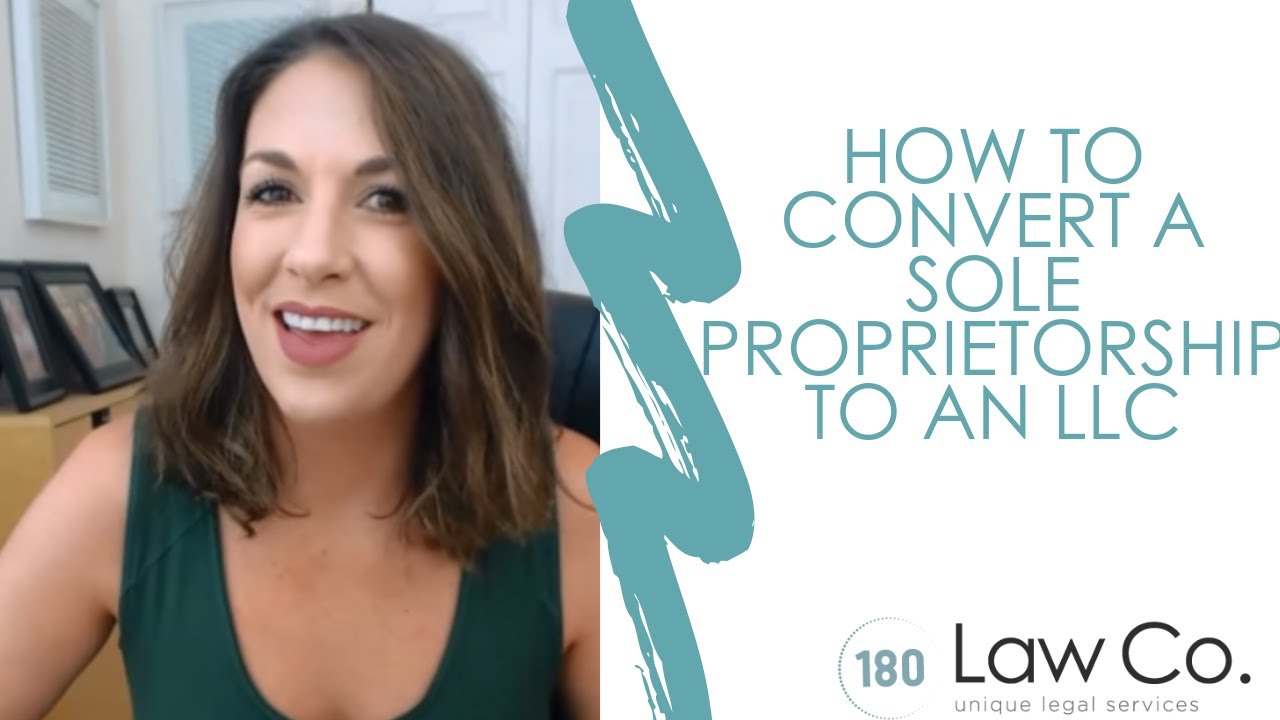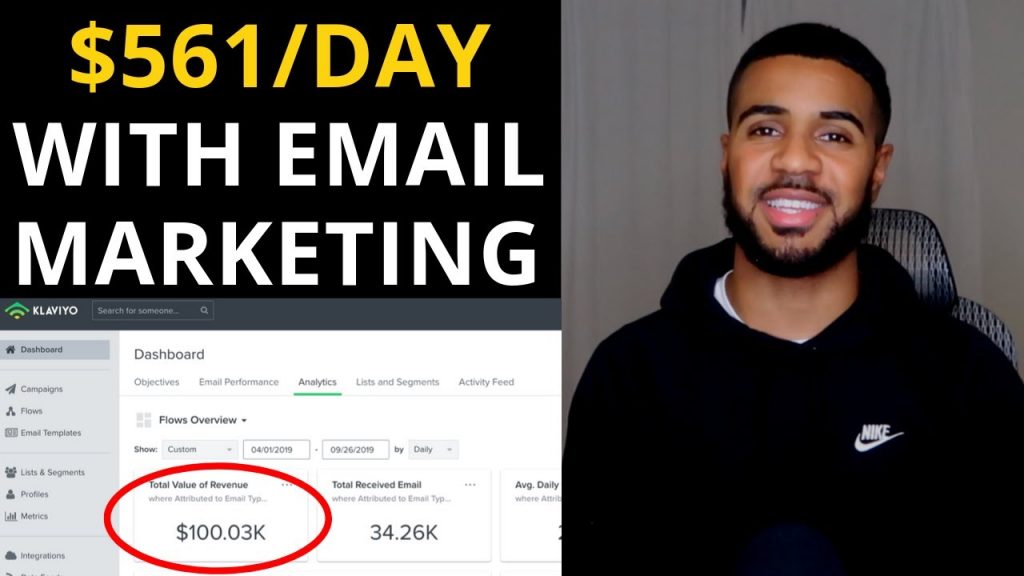How to Convert a Sole Proprietorship to an LLC

What is an EIN and why is it necessary for an LLC?
As a business owner, you may start out as a sole proprietorship to keep things simple and straightforward. However, as your business grows, you may begin to feel the need to protect your personal assets and limit your liability. In this case, converting your sole proprietorship to a limited liability company (LLC) might be a wise move.
Converting a sole proprietorship to a limited liability company (LLC) is a smart move for small business owners.
LLCs offer the flexibility of a sole proprietorship with the added protection of limited liability for business debts and obligations. This not only protects your personal assets but also adds credibility and professionalism to your business. So, if you are ready to take your business to the next level, read on to learn how to convert a sole proprietorship to an LLC.
Step 1: Choose a name for your LLC
First and foremost, you need to choose a name for your LLC. This name must be different from your sole proprietorship name. You can check with your state’s secretary of state website to see if the name you want is available. It is also recommended to do a quick online search to ensure the name is not trademarked or being used by another business.
Step 2: File Articles of Organization
The next step is to file Articles of Organization with your state’s secretary of state. This document officially creates your LLC and includes information such as the name and address of the LLC, the name and address of the registered agent, and the purpose of the LLC. Most states have a standard form that can be filled out online or by mail, along with a filing fee.
Step 3: Obtain an EIN
An Employer Identification Number (EIN) is like a social security number for your business. It is used for tax purposes and is required for LLCs with employees. It is also necessary to open a business bank account. You can easily obtain an EIN from the IRS website.
Step 4: Apply for any necessary licenses and permits
As a sole proprietorship, you may have already obtained the necessary licenses and permits for your business. However, as an LLC, you may need to update or acquire new licenses and permits. Check with your state and local governments to ensure you have all the required documents to operate your business.
Step 5: Transfer assets to the LLC
To fully convert to an LLC, you need to transfer all your business assets from your sole proprietorship to your new LLC. This includes any equipment, contracts, accounts, or real estate owned by the business. You may also need to update contracts and agreements to reflect the change in business entity.
Step 6: Notify your customers, vendors, and employees
As a sole proprietor, you have built relationships with your customers, vendors, and employees. It is important to notify them of the change in business entity to avoid any confusion. This can be done through a public notice published in a local newspaper or by sending a letter or email to your contacts.
Step 7: Close your sole proprietorship
Once all the necessary steps have been completed, it is important to close your sole proprietorship legally. This includes cancelling any permits and licenses, closing business bank accounts, and filing the final tax return for your sole proprietorship.
Converting a sole proprietorship to an LLC may seem like a daunting process, but with proper planning and execution, it can be done smoothly. However, if you are not comfortable handling the legal and administrative aspects, it is best to seek help from a lawyer or a business formation service to ensure everything is done correctly.
In conclusion, converting your sole proprietorship to an LLC can have many advantages for your business. It offers protection of personal assets, increased credibility, and the ability to bring on partners or investors. By following the steps outlined above, you can successfully convert your sole proprietorship to an LLC and take your business to the next level.









Make Hybrid Cloud Work for Your Business
15 NEW “Pandemic-Created” Business Ideas in 15 Minutes
LT Bitcoin Chronicles – An Introduction to Leverage Trading Bitcoin to Make Money in Minutes
Building a Website the Easy Way
Alexander Wang Explains How He Balances The Creative And Business Sides Of His Global Fashion Empire